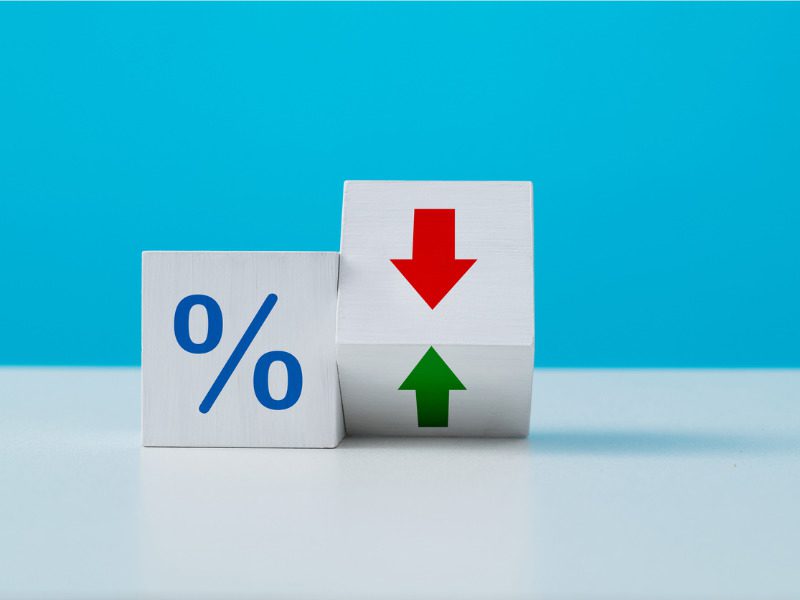Bank of Canada holds key interest rate at 4.5%, bumps up growth forecast for 2023

OTTAWA – The Bank of Canada is once again holding its key interest rate steady at 4.5 per cent but isn’t ruling out the possibility of more rate hikes down the line.
The central bank said Wednesday that recent economic data is reinforcing its confidence that inflation will continue to fall in the coming months.
“However, getting inflation the rest of the way back down to two per cent could prove to be more difficult,” the Bank of Canada said in a news release.
The central bank said its governing council will continue to assess whether interest rates are high enough to bring inflation back to target.
Economists were widely anticipating the Bank of Canada to maintain its interest rate as inflation eases meaningfully.
Canada’s annual inflation rate fell to 5.2 per cent in February, marking the second month in a row it came in lower than forecast.
The Bank of Canada continues to expect the inflation rate to fall to three per cent by mid-year and back down to two per cent by the end of 2024.
The Bank of Canada building is shown in Ottawa on Wednesday, April 24, 2019. Economists say mounting cases of the novel coronavirus and ensuing unrest through the economy has upped the odds the Bank of Canada will cut rates this week and maybe more drastically than originally forecasted. THE CANADIAN PRESS/Sean Kilpatrick
Its decision to stay on the sidelines and not raise interest rates further comes as the economy posts stronger-than-expected growth and the labour market remains exceptionally tight – both signs of a still-hot economy.
The Bank of Canada said “demand is still exceeding supply and the labour market remains tight.”
In its quarterly monetary policy report released Wednesday, the central bank’s updated forecasts suggest it expects the economy to still slow, just a little later than previously anticipated.
It’s now expecting real gross domestic product to grow by 1.4 per cent this year, up from its previous forecast of 1.0 per cent.
Employment in Canada has remained resilient amid high interest rates, with the unemployment rate sitting at five per cent in February, near record lows. Wages are also growing rapidly, raising concern for the Bank of Canada as it works to bring down price growth.
For 2024, the Bank of Canada revised growth to 1.3 per cent, down from 1.8 per cent.
As foreign demand for Canadian exports strengthens and the effects of past monetary policy tightening fade, the economy is expected to rebound in 2025 and grow by 2.5 per cent.
Globally, the Bank of Canada said growth has been stronger than anticipated, also leading to an upward revision to growth this year and a downward revision for next year.
Looking ahead, the path back to low inflation and stronger growth in Canada relies on high interest rates working effectively.
Since March of last year, the Bank of Canada has aggressively raised its key interest rate to stifle spending in the economy.
But after historic monetary policy tightening, the Bank of Canada has hit the brakes. It announced earlier this year it plans to hold its key interest rate steady to allow time for the effects of higher borrowing costs to broaden out in the economy.
Given the run-up in prices largely occurred in the first half of 2022, the slowdown in inflation this year was largely expected. However, economists and the central bank are concerned getting exactly back to the two per cent target might be more challenging, with some components of inflation still sticky.
The central bank’s concern stems from several factors, including consumers and businesses expecting future inflation to be higher than the Bank of Canada’s forecasts. It’s also concerned about prices for services still rising rapidly – in part due to rapid wage growth – and businesses still able to easily pass on higher prices to consumers.
The central bank its governing council will be watching these indicators along with core inflation closely, as it sets monetary policy moving forward.
Feature image by iStock.com/baona

